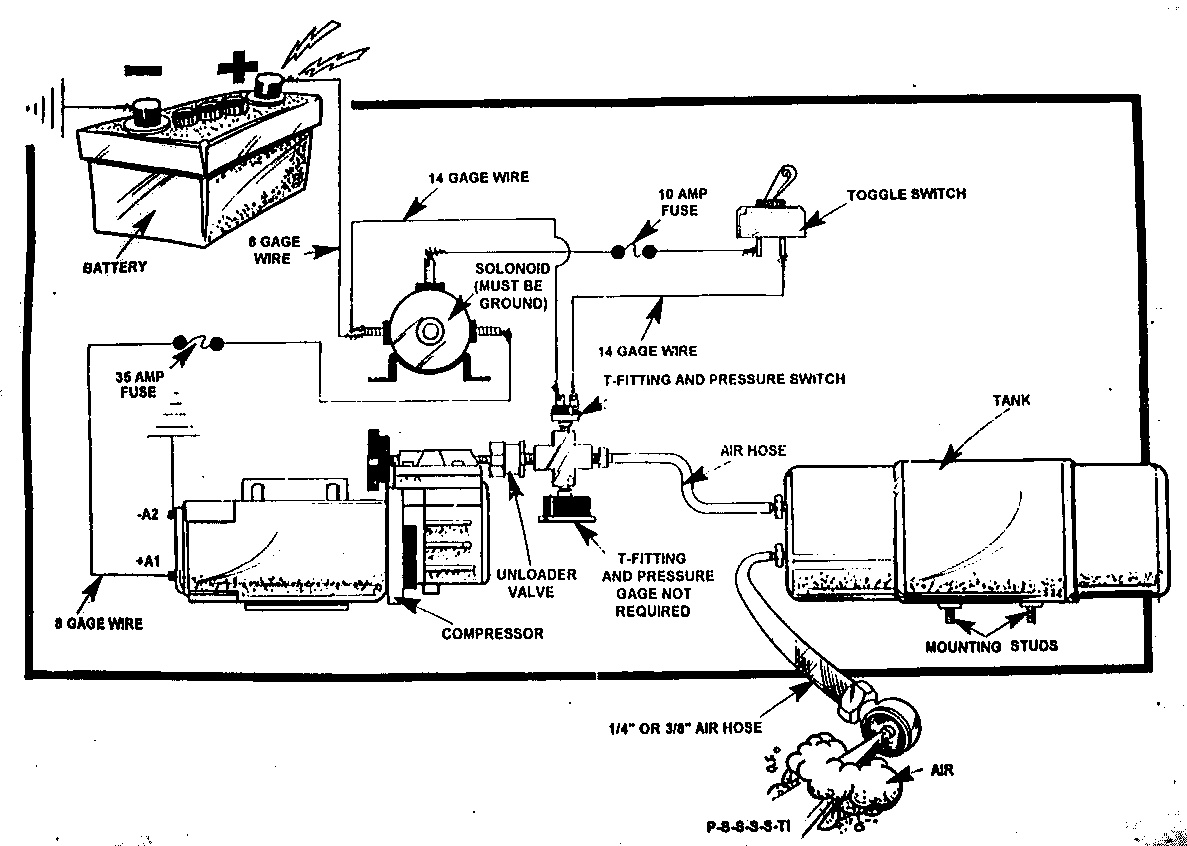So I finally got my on board air installed and plumbed but I am having troubles with the relays overheating then failing. The most recent one failed while filling my third tire so I would guess after 10-11 minutes of constant current. What are the causes of over heated relays. What solutions do you have.
The relay is running a Smittybilt 2781 compressor. It is listed as having a 1/3hp motor but I do not know the actual amp draw. I have 10ga wire from the battery to the relay. From the relay I have the positive wire that came on the pump. The pressure switch is wired on the switch circuit of the relay. The compressor has a 40min duty cycle and has had not problem filling all four tires as it came from the vendor.
The relay is running a Smittybilt 2781 compressor. It is listed as having a 1/3hp motor but I do not know the actual amp draw. I have 10ga wire from the battery to the relay. From the relay I have the positive wire that came on the pump. The pressure switch is wired on the switch circuit of the relay. The compressor has a 40min duty cycle and has had not problem filling all four tires as it came from the vendor.

